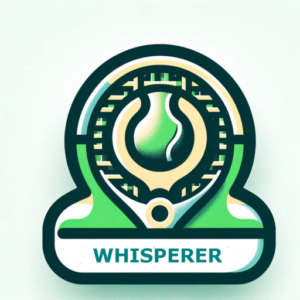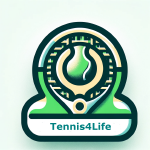The Five Stages of Tennis Elbow Recovery
The Five Stages of Tennis Elbow Recovery
Recovering from tennis elbow isn’t about shortcuts — it’s about structured, progressive rehabilitation. This roadmap applies to all competitive players aiming for a durable return to the court.
Stage 1 – Reduce Pain
Objective: Ease pain to create a foundation for recovery.
-
Use gentle pressure-release techniques, massage, or contrast therapy (ice/heat).
-
Avoid aggravating movements, but maintain mobility within a pain-free range.
-
Pain management creates the runway for tissue recovery.
Stage 2 – Reduce Inflammation
Objective: Minimize irritation so healing can begin effectively.
-
Light mobility drills and gentle stretching to restore circulation and range.
-
Anti-inflammatory support (as advised by a professional) may help.
-
The focus here is not intensity — it’s creating a biological environment for healing.
Stage 3 – Induce Healing
Objective: Stimulate tendon remodeling and rebuild support chains.
-
Introduce controlled loading with slow, deliberate movements.
-
Emphasize rotational exercises to restore forearm strength for topspin, slice, and wrist torque.
-
Begin progressive tendon loading — such as eccentric wrist extensions.
-
Incorporate shoulder and scapular stability work to shift demand away from the elbow.
Key takeaway: Rebuild the kinetic chain — the elbow shouldn’t bear the load alone.
Stage 4 – Maintain Fitness
Objective: Prevent systemic detraining and maintain readiness.
-
Maintain footwork agility and lateral movement (without racket contact).
-
Continue core and balance training to keep stroke mechanics sharp.
-
Use cardiovascular alternatives (bike, elliptical) to preserve endurance.
Key takeaway: Staying physically sharp shortens the gap between recovery and performance.
Stage 5 – Control Force on Tissues
Objective: Reintroduce tennis-specific forces in a controlled, strategic way.
-
Start with mini tennis and easy rallies, progressing to full-court baseline play.
-
Add the serve last — it’s the most stressful movement on the elbow.
-
Reassess equipment: softer strings, optimal tension, correct grip size.
-
Revisit stroke mechanics with a coach if needed — efficiency reduces strain.
Key takeaway: Recovery is complete when the elbow can tolerate game stress without flare-up.
Wrap: Return Stronger, Not Just Recovered
Recovery is not linear. It’s about phasing in stress intelligently and creating lasting resilience through improved movement, mechanics, and habits.
By maintaining fitness, managing equipment, and training smarter, you don’t just get back to playing — you return with a stronger, more balanced body ready for the demands of competitive tennis.
Citation: Noteboom, T., Cruver, R., Keller, J., Kellogg, B., & Nitz, A. J. (1994). Tennis elbow: A review. Journal of Orthopaedic and Sports Physical Therapy, 19(6), 357–366.



